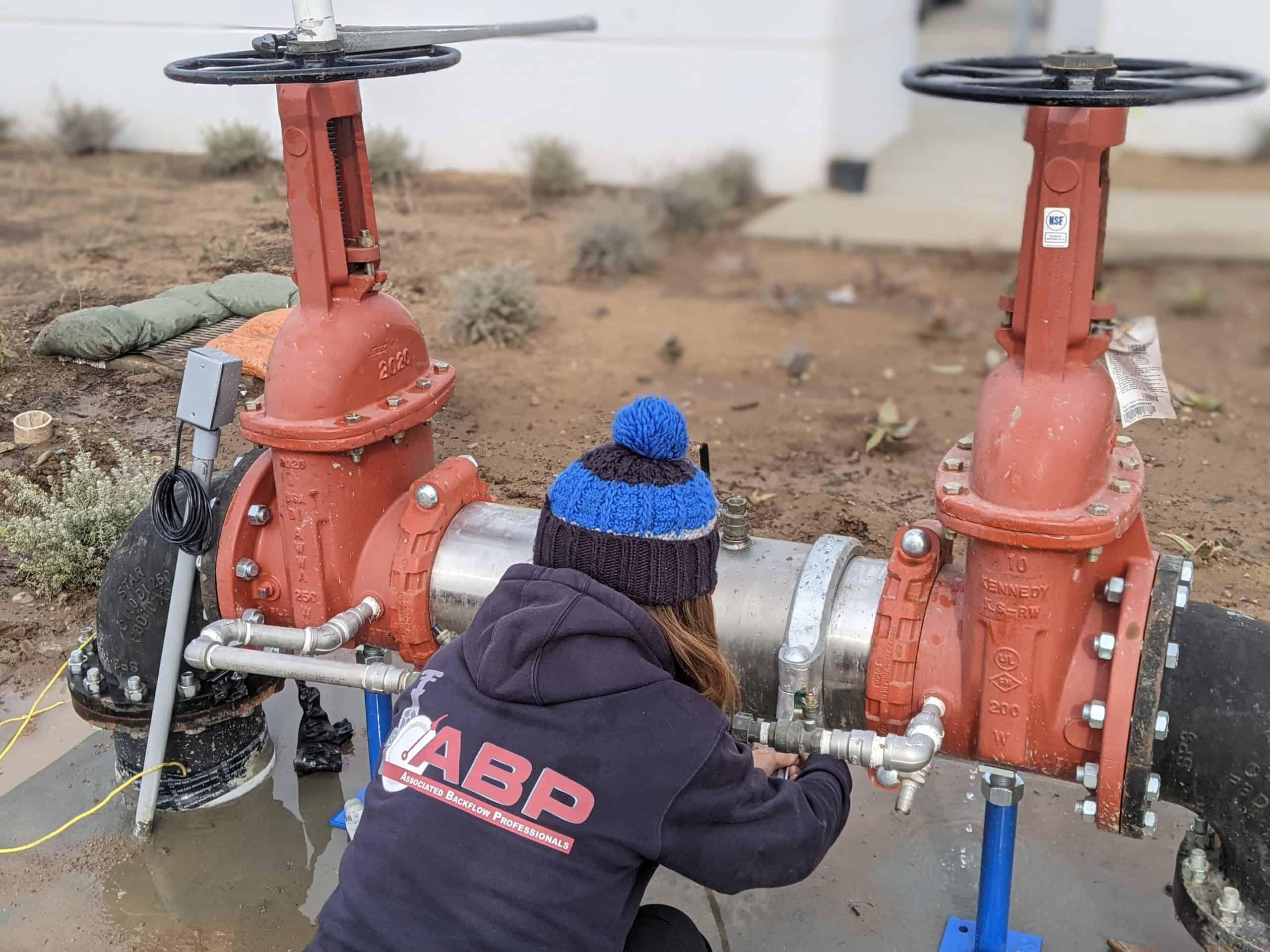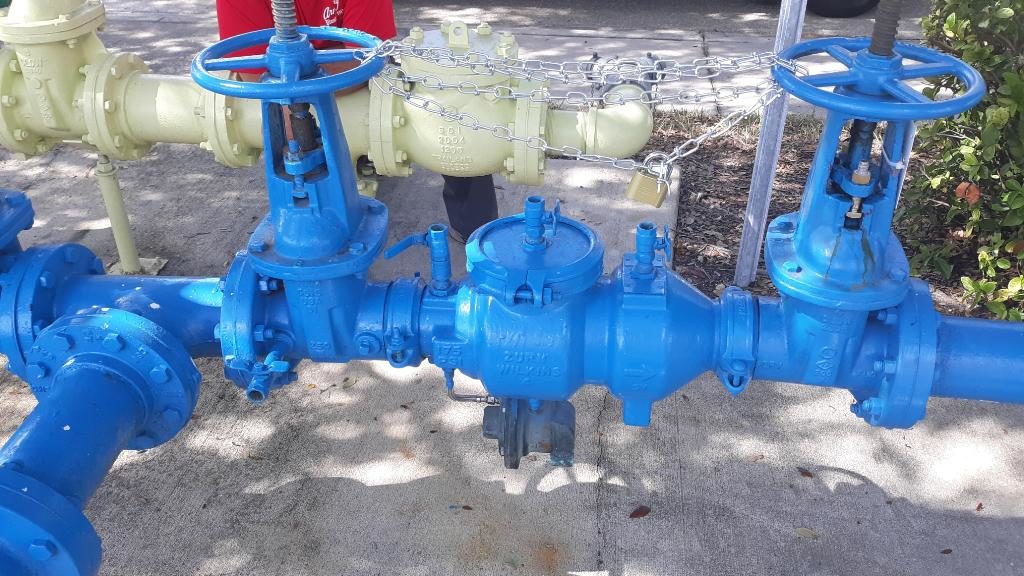Is It Necessary Undergo Backflow Testing for My Water
Is It Necessary Undergo Backflow Testing for My Water
Blog Article
Just how do you actually feel when it comes to Backflow Prevention?

Yes, you need to backflow test your residence's water to make sure that the water is free of contaminants and dangerous levels of chemicals. Because of the devices needed and also space for mistake, you should not attempt to carry out heartburn screening by yourself. We recommend that you call a professional plumber every couple of years to test your water.
Heartburn Can Influence Both You as well as Your City
Due to the fact that hazardous backflow can influence the public water supply in addition to a solitary building, several cities establish heartburn guidelines. The good news is, modern-day cities have backflow tools in position that safeguard the water supply that originates from most residences and commercial residential properties. The actual danger originates from irrigation systems, which can damage the supply of water with hazardous fertilizers, manure, as well as various other chemicals.
What Causes Backflow?
A common reason for heartburn is a loss of water pressure that triggers the water to siphon back into the water. An example is clearing out a paint container making use of a hose. You fill up the paint pail up with water, leaving the hose in the container. After some time, there is a loss in water pressure and the hose starts to draw the water back into the water system. As you can imagine, there are now chemicals from the paint that are entering the water, possibly posturing a threat. Numerous people are not even mindful of backflow testing, but there are several factors why it's so crucial.
Backflow Screening is Called For by Law in Certain Cities
Relying on where you live, you may actually be called for by legislation to backflow examination your regulation. Iowa City maintains a record of all buildings served by the city's water supply. The city calls for that certain "high-hazard" facilities undertake backflow testing. In many cases, residential properties such as houses and also apartment buildings are affected.
You Can Stop Backflow
If you have an expert plumber set up a backflow device, unsafe backflow is conveniently preventable. If there is an active danger, the plumber will additionally check for backflow as well as establish. The primary purpose of a heartburn tool is to prevent water from moving backwards right into your supply of water. Plumbing technicians mount the tool on the pipelines in your house to guarantee that the water only flows in the correct direction.
What is Backflow?
Basically, backflow is when water moves upwards-- the contrary direction in the plumbing system. This is also known as "backpressure." When the water relocates this direction, it can mix with hazardous toxic substances and also posture a threat.
Call a Plumber to Test for Backflow Before It is Far too late
A plumbing business can promptly test your residence's water to figure out if there are any type of dangerous chemical levels. And if you do uncover that your water has high degrees of contaminants, a plumber can conveniently mount a backflow prevention device.
Yes, you require to backflow examination your residence's water supply to ensure that the water is free of contaminants and hazardous levels of chemicals. Several cities establish backflow guidelines due to the fact that unsafe heartburn can affect the public water supply in enhancement to a solitary structure. A common reason of backflow is a loss of water stress that causes the water to siphon back right into the water supply. After some time, there is a loss in water pressure and also the pipe starts to draw the water back into the water supply. The main function of a heartburn tool is to protect against water from flowing backward into your water supply.
WHY DOES BACKFLOW TESTING NEED TO BE DONE EVERY YEAR
What Is Backflow?
Toxic gas backing up into a building is one example of potential backflow issues, but backflow can occur in many other ways.
Backflow is generally referred to as the reversal of a liquid or gas in a plumbing system.
Most issues for the public occur with backflow resulting in contaminated drinking water. If you look up backflow issues online you’ll probably find references to “potable” water. That means drinking water.
There have been backflow issues in the past with drinking water. Chemicals, sewage and other contaminants have found their way into drinking water causing health issues for those that count on the fresh water.
What Causes Backflow?
In a residence or commercial building water generally flows one way. This normal flow is usually driven by consistent pressure in the water and waste system.
Anything that changes the normal pressure in the system can lead to backflow.
Fire hydrant use or malfunction can reverse the normal pressure in the system on a city line, but backflow can occur in a number of different ways.
Sometimes backpressure might be caused by someone using a garden hose and submerging the end of the hose in a pool of liquid. If pressure is lost the flow could reverse and contaminants could be released into the drinking water.
Anytime there is a connection between contaminants and the drinking water there is potential for a backflow issue. Sometimes these connections are not immediately obvious like the garden hose connecting to a building’s drinking water supply.
Backflow Regulations
The Environmental Protection Agency (EPA) provides guidelines and regulations for state and local governments regarding backflow. State and local governments also have their own guidelines and regulations for backflow prevention.
Arizona has its own backflow regulations.
Due to issues with backflow in the past, regulations require backflow preventer devices to be used in nearly all residential and commercial buildings.
A backflow preventer is a device that prevents backflow as cross-connection points where potential backflow issues may occur.
While backflow is not a common occurrence, preventers are in place to make sure there is no contamination should something malfunction or go wrong with a building’s water supply.

We had been made aware of that write-up on Backflow Testing from an acquaintance on our other web address. Are you aware of another person who is in to the subject? Take a moment to promote it. Bless you for your time. Kindly come by our site back soon.
Trusted service? Dial! Report this page